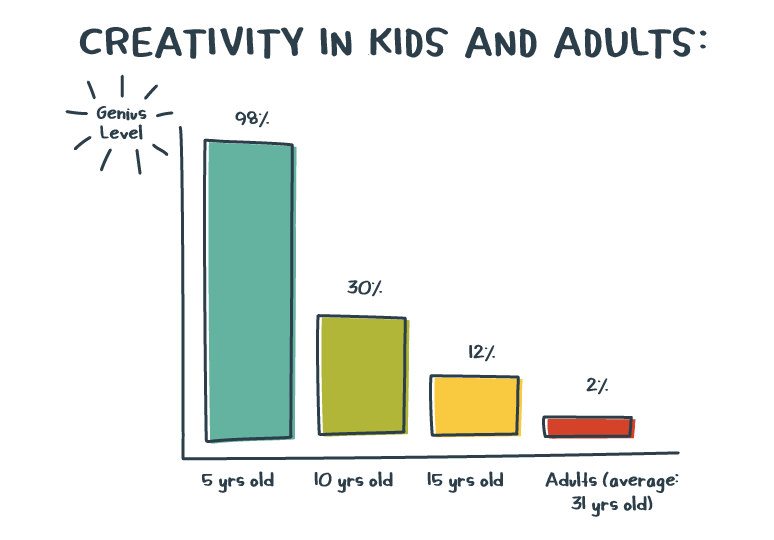Design Thinking
Design Thinking
"Design thinking is a human-centered approach to innovation that draws from the designer’s toolkit to integrate the needs of people, the possibilities of technology, and the requirements for business success." -Tim Brown, CEO of IDEO
Design thinking refers to the cognitive, strategic, and practical processes by which innovations are developed. Design thinking encompasses processes such as context analysis, problem framing, ideation, creative thinking, modeling, prototyping, testing, and evaluating.
Design thinking is often applied in complex situations where the problems are ill-defined (aka wicked problems). These are problems for which there is no one clear solution. A solution cannot be determined using existing knowledge, models, and processes. Imagine trying to determine the area of a circle if the equation had not yet been determined. Look at NAE's Grand Challenges for Engineering. Engineering is full of wicked problems that require innovative solutions! Complex problems require complex interdisciplinary solutions that investigate tradeoffs to produce the most optimal solution.
Divergent Thinking vs. Convergent Thinking
Divergent thinking - a thought process used to generate creative ideas by exploring many possible solutions.
Convergent thinking - a thought process used to synthesize ideas into a single correct solution.
Convergent thinking is what you've been asked to do in school for the most part. You are taught a concept, you are told the rules in how to apply the concept, and you apply the rules to achieve the answer the matches the solutions manual. One thing that is often lost in education, and particularly STEM education, is creativity. Divergent thinking is an essential ability for creativity.
An interesting study about divergent thinking was conducted in 1968 by Beth Jarman and George Land. They administered a creativity test devised for NASA to help identify future innovative scientists and engineers. In the longitudinal study, the test was administered to the same 1600 children at 5 years old, 10 years old, and 15 years old. It was then subsequently administered to a large group of adults. The results were astounding.

Convergent thinking is in many ways the opposite of divergent thinking. Though we seem to be lacking divergent thinking, convergent thinking is not necessarily a bad thing. Engineers need both convergent and divergent thinking to arrive at innovative solutions. Both require their own unique forms of creativity. We must be creative in our approach to the problem and come up with an exhaustive list of solutions. We must also be creative in how we recognize patterns and synthesize the many ideas into one holistic, innovative solution.